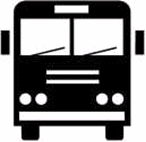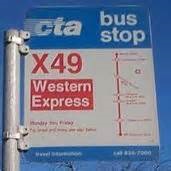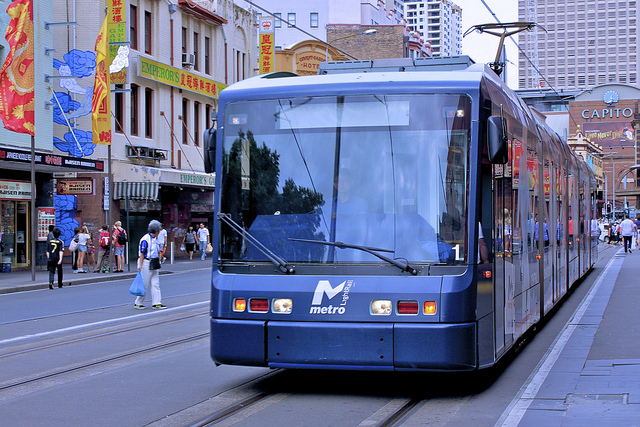"BRT creep" makes bus rapid transit inferior to rail
by Dan Malouff • March 9, 2011
BRT systems in places like Bogota and Curitiba have narrowed the gap between bus and rail, producing BRT lines nearly as good as subways. If they produce such great BRT, why should American BRT be considered the little sister of rail?
The answer is something I call "BRT creep". Putting aside the inherent differences between bus and rail, one of the big problems with BRT is that it's too easy to strip down. There are too many corners you can cut that save a lot of money and only degrade service a little bit.
You put your BRT in HOV lanes or regular travel lanes instead of dedicated lanes, or you build "stops" rather than more luxurious "stations", or you leave out pre-pay, or you don't give buses signal priority, or you don't give your BRT unique branding, or whatever. There are a thousand corners like that you can cut that individually may or may not hurt too much, but collectively add up to the difference between BRT and a regular bus.
In the US, BRT creep is a big problem. Generally speaking the main reason American cities opt to build BRT instead of rail is to cut a corner and make it less expensive. Once you've adopted that view of your transit system—that cutting corners to save money is OK—it's too easy to keep going and cut a lot of other corners as well. Once you've made the decision to cheap out and go with BRT rather than rail, then your priorities are clear and the temptation to cheap out in other ways is too strong to pass up.
It happens all the time. The four leading examples of recently-built BRT in the United States are in Boston, Cleveland, Eugene, and Los Angeles. Boston's Silver Line BRT was built with curbside bus lanes like the one on 7th Street in DC, and is perpetually stuck behind car traffic using the lane illegally. Cleveland's Euclid Avenue BRT spends half its time stopped at red lights because it doesn't include signal preemption.
Eugene's EmX BRT doesn't even have its own lane for much of its route. LA's San Fernando Valley Orange Line BRT is probably this country's most successful "rail like" bus line, but even it was forced to repave its running way after barely a year of operation because the originally-constructed running way was substandard. So far, every example of BRT built in the United States has cut at least one extremely damaging corner.
And then there's Northern Virginia, where the HOV lanes on I-395 and I-95 that the state wants to convert to HOT lanes were originally built as a bus-only facility. Here, we built a pretty good busway and have spent the years since opening it up to more and more use by cars.
And why not? After all, if your goal is to substitute a less expensive but less effective alternate mode, why should anyone be surprised when you make the same sort of substitution when it comes to details of running way engineering or signalization?
If BRT is just a way to avoid spending a lot on transit so more can go to highways, why be surprised when BRT lanes are converted to car lanes? If decision makers were actually interested in spending the money to produce a transit line as good as rail, well, why not build rail?
I don't mean to suggest that BRT alone suffers from these problems, or that it's useless. Certainly rail projects can suffer from creeping cost reductions as well, and certainly good buses—including rapid ones—should be a part of every major transit system.
Still, as long as US planners think of BRT as a cheap replacement for rail, then the US will be very unlikely to ever produce BRT that is actually rail-like (as much as it can be anyway), because that mindset inherently undervalues many of the specific features that are needed to produce a high-quality transit line, regardless of mode.
Citizens Taking Action
for transit dependent riders
"Once you've made the decision to cheap out and go with BRT rather than rail, then your priorities are clear and the temptation to cheap out in other ways is too strong to pass up.
It happens all the time."



